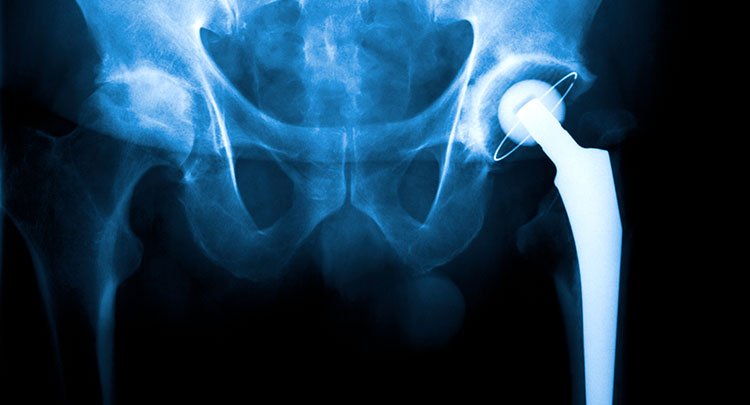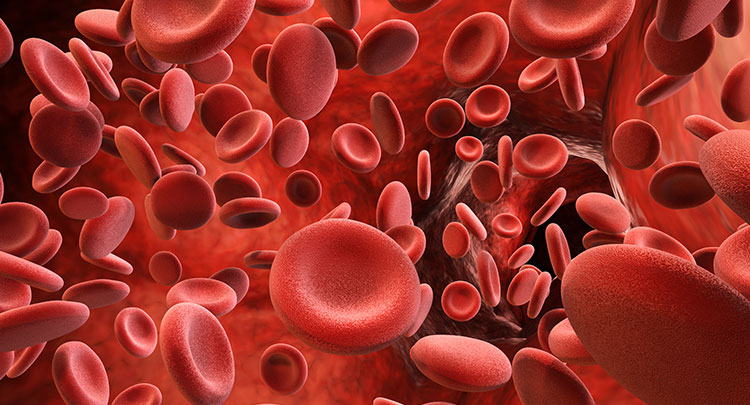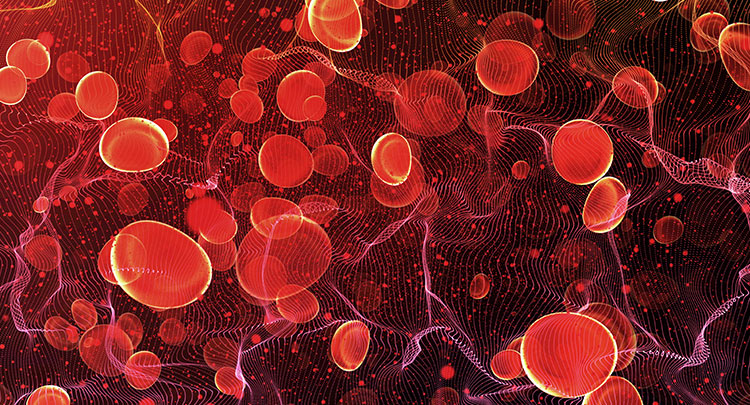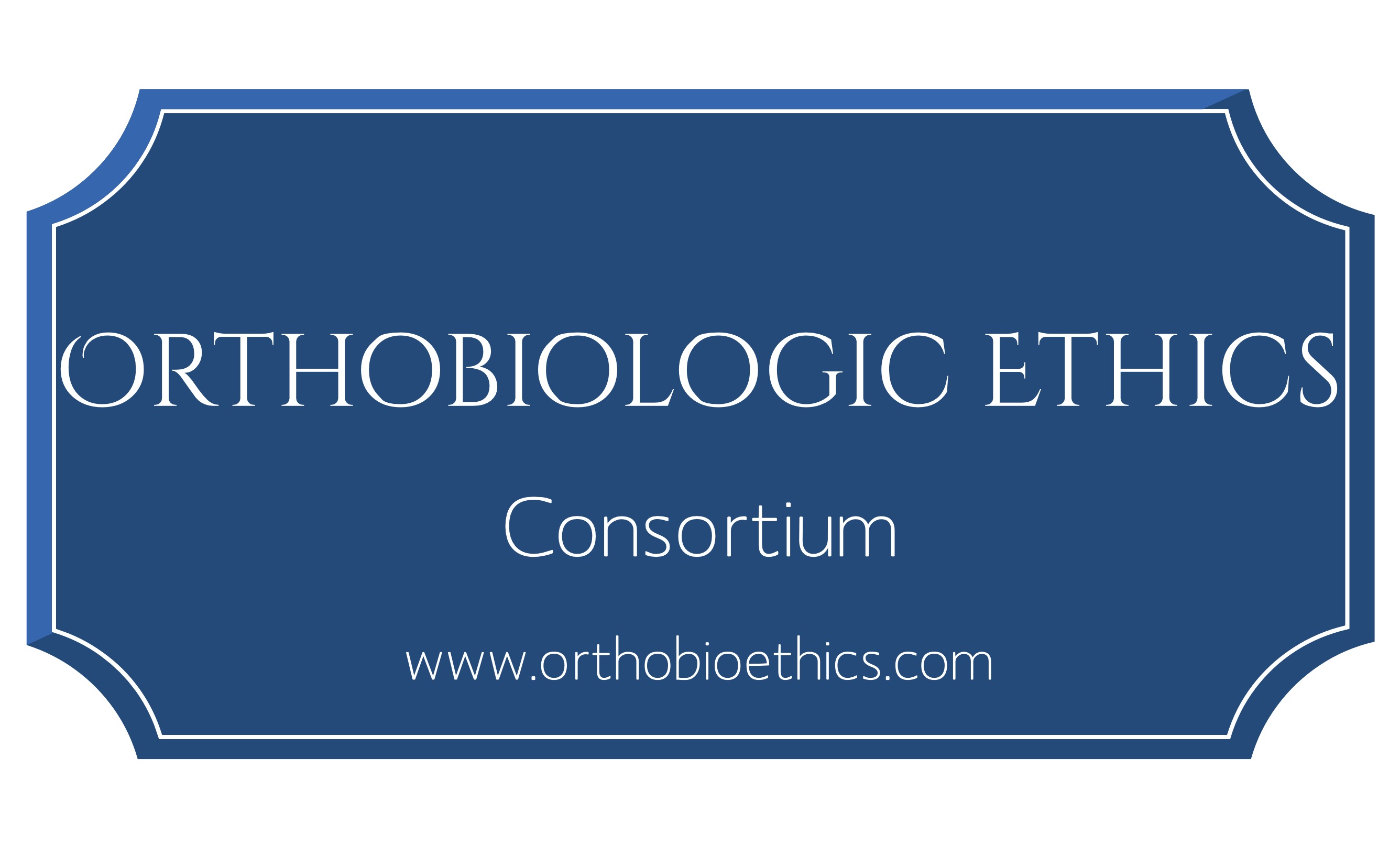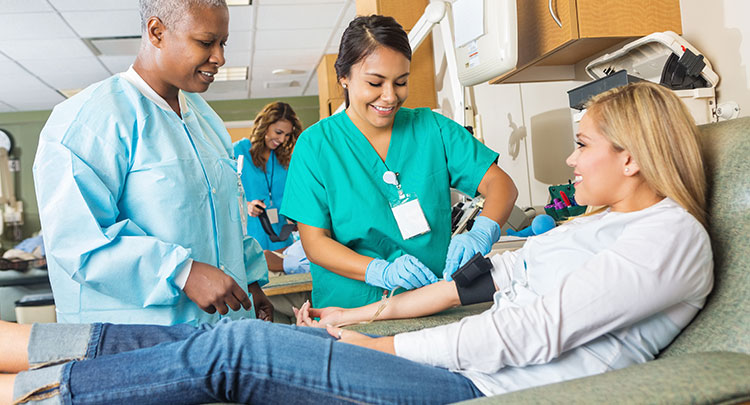
Stem cells, also known as progenitor cells, are becoming an increasingly popular treatment option for a variety of injuries. These cells have the ability to differentiate into other types of cells depending on the specific tissue that is injured. Progenitor cells have the ability to create new cartilage cells, bone cells, muscle cells, connective tissue cells, fat cells, and more. This ability allows tissues to maintain the same strength, function, and form as the original tissue before the injury.
In the same breath we recognize that these terms can be overwhelming and confusing. Below, Dr. Garten explains what important terms you should know about and what they exactly are.
What Types of Stem Cell Therapies are Available?
There are two main types of treatment options: autologous stem cell therapy and allogenic stem cell therapy. These two options differ based on which individual the cells are derived from. Autologous cells come from the patient having the procedure and allogenic cells are donated from another individual.
Most of the time, autologous cells are gathered from bone marrow or fat. Bone marrow is found inside many of the bones in the body, including the ribs, hip bones, sternum, femur bones, and humerus bones. In order to be used for treatments, this bone marrow has to be extracted, or aspirated.Adipose, or fat cells, are surrounded by Mesenchymal stem cells.These cells can be harvested by performing a small amount of liposuction in the office.
The extraction process is minimally invasive and can be performed using only a needle. In most cases, the patient is not even required to be sedated, and a local anesthetic is sufficient to make the process much more comfortable for the patient.
One of the most common locations for bone marrow aspiration is the iliac crest on the top of the hip bone. After the marrow is extracted, it is placed in a centrifuge. This machine allows the various components to be separated from one another, and the stem cells are able to be isolated from the rest of the mixture so that they can be injected into damaged tissues. Fat aspiration is performed from the abdomen, thigh or flank region and also goes through a similar preparation prior to injection.
What is the Difference between Autologous and Allogenic?
These treatment options differ in whether the cells are taken from the patient themselves or from an outside source. Both of these stem cell options have their own benefits and contraindications.
Autologous Stem Cell Therapy
Autologous means that the cells are derived from the same individual that they are going to be used for.
Pros:
Since autologous cells are derived from a patient’s own body, they do not have to worry about any compatibility issues or communicable diseases. Inserting these cells into damaged tissues ensures that they will not try to destroy the healthy cells in the body since the antibodies are the same in both the cells and the individual. Because these cells come from the patient themselves, they are also readily available and can be obtained at any time.
Cons:
On the off chance that some of the cells are contaminated with bacteria or infected, injecting these cells into damaged tissues can cause even more issues. Another problem that can occur is the cells being weaker. This is more common in older individuals or those with weaker immune systems and can lead to less effective treatment results.
Allogenic Stem Cell Therapy
Allogenic cells are those that come from an outside donor. One example of an allogenic tissue is Wharton’s Jelly from umbilical cords. Some providers market this material as embryonic stem cell treatment.
Pros:
After a screening process, Allogenic cells come from young, healthy donors. In theory, this will allow these cells to be highly effective in regenerating tissues and provide a strong response. Harvesting of bone marrow or fat from the patient undergoing the treatment is not required fro allogenic cells.
Cons:
While these tissues can have potential for regenerative capacity, the fact they are generated from another source causes several challenges. First, it is difficult to keep allogenic cells alive long enough for the treatment to be effective. Although many of these products are frozen in liquid nitrogen, independent lab analysis has shown no living cells in the product.Second, these products are not terminally sterilized so the risk of infection is higher than using a patients own bone marrow or fat cells.Furthermore, these products are not FDA approved or reviewed.Because of all these reasons, Dr. Garten does not use allogenic stem cell products in his office.
Stem Cell Therapies as a Whole
Stem cell treatments have their own benefits and shortcomings, but they provide great therapy options that can be beneficial for a wide range of injuries. The regenerative capacities of these cells, along with their ability to recruit other cells to the affected area, make them a minimally invasive option that can help to restore function to damaged tissues.
We encourage any questions you might still have about these cutting-edge medical treatments. We are always here to answer your questions, just call our office at 470-270-8978 or send us a message.
